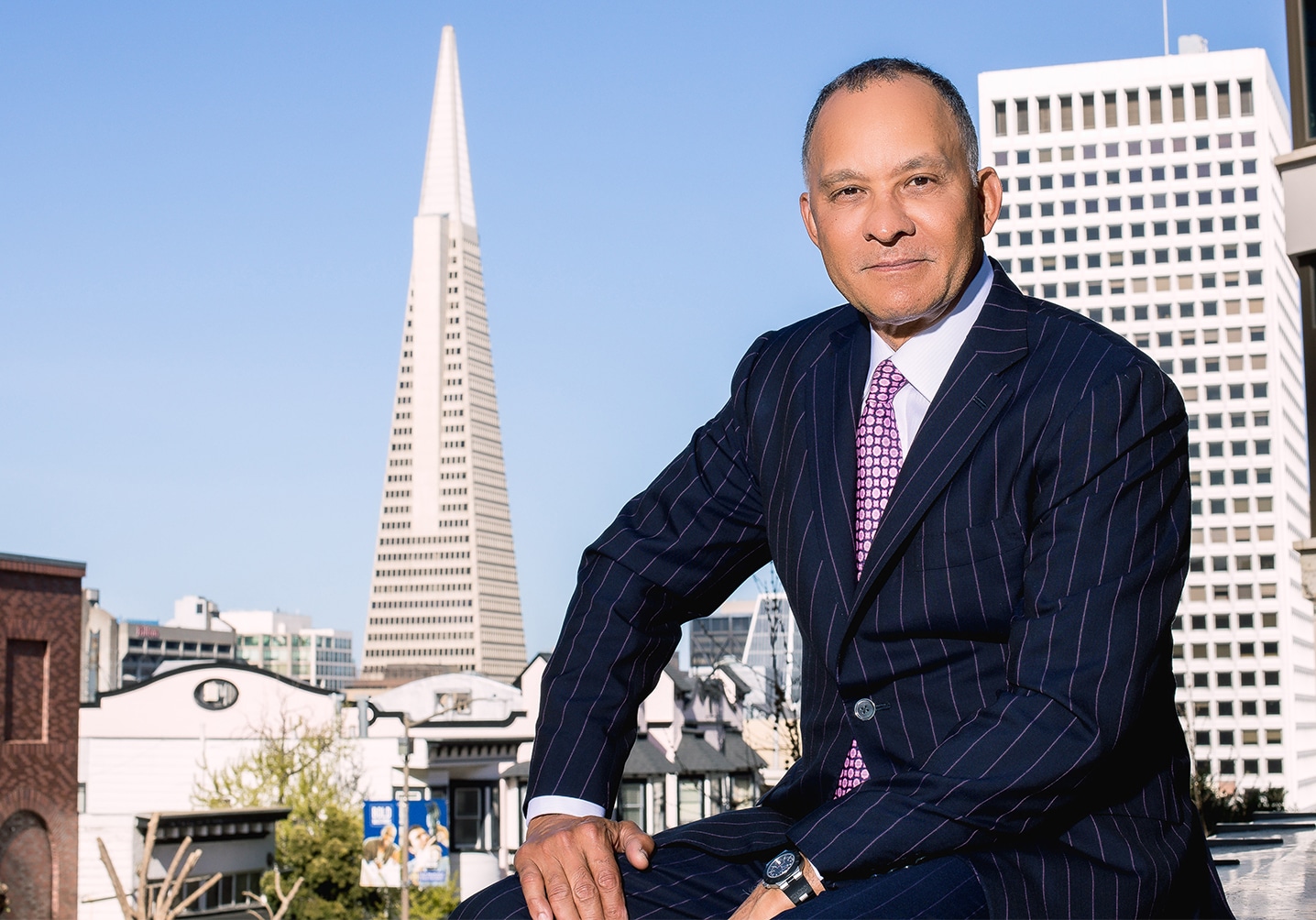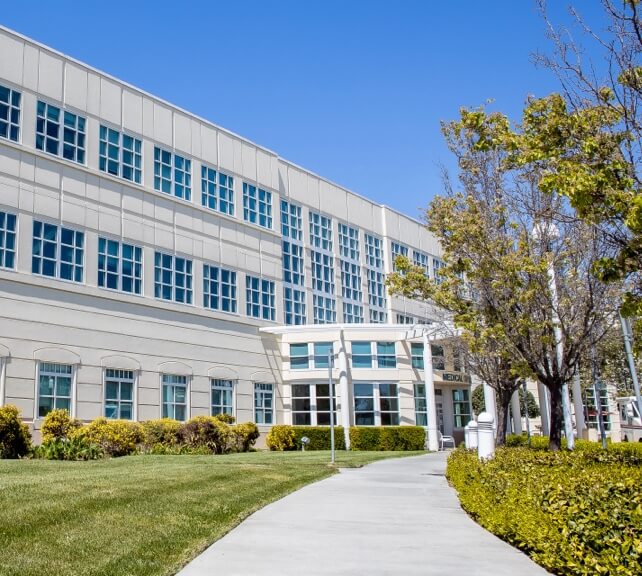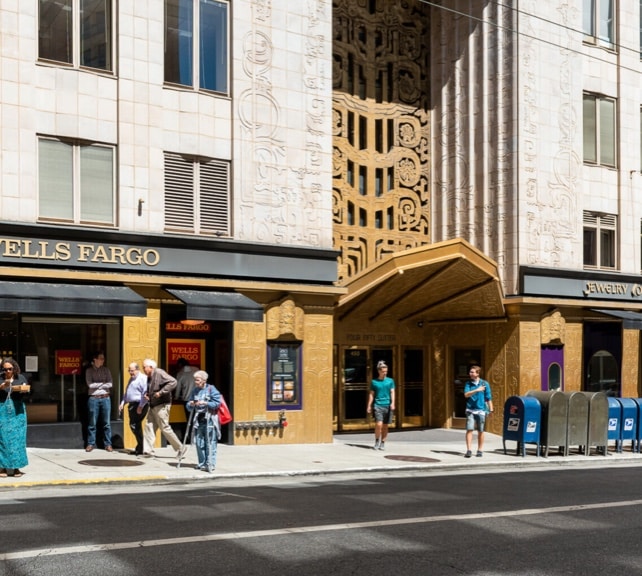What Is Buccal Fat? Understanding Cheek Fat and Facial Fullness
Many patients dislike their “baby face” or “chipmunk cheeks” and prefer a more defined appearance. Buccal fat pads, otherwise known as Bichat’s fat pads, are an anatomical fat structure that supports facial aesthetics, facilitates facial movement, and creates cheek fullness. They are classified as fat tissue and are an important aesthetic feature in facial aging. Removing fat pads from the buccal region improves cheek projection and the overall sculpted contour of the face, helping achieve the desired facial shape. Additionally, removing buccal fat pads can contribute to facial slimming.
There are three lobes in the middle third of the cheek area. Buccal fat consists of a rounded biconvex fatty structure contained in a thin capsule found on the lower cheekbones. These fat pads span from below the forehead, below your lower cheeks, and reach your jawline.
The size of the buccal fat typically reduces as we grow older. However, some adults retain fullness in their cheeks thanks to buccal fat, giving them a rounded “baby face” that can cause feelings of frustration and self-consciousness surrounding their lack of facial contour.
Why Does Buccal Fat Cause a Round Face?
The buccal fat pads can create the look of facial fullness or fuller cheeks. Buccal fat removal may be considered for any age group and can be done with other facial procedures, such as a facelift. Weight gain or loss may affect the size of buccal fat pads, which can vary from the size of a marble to the size of a golf ball.
Some people’s buccal fat can descend with age, adding to the jowl. To achieve a nice jawline with a facelift, your plastic surgeon needs to identify the herniated fat pad and remove it. If it is not removed, the jowl will only be partially corrected.
For many people, especially young adults, the full cheeks from childhood remain, and reduction may be indicated. Others are overweight or have a genetic component to this facial feature. These are all reasons for buccal fat reduction surgery, also known as buccal fat pad reduction, which can significantly aid facial contouring.
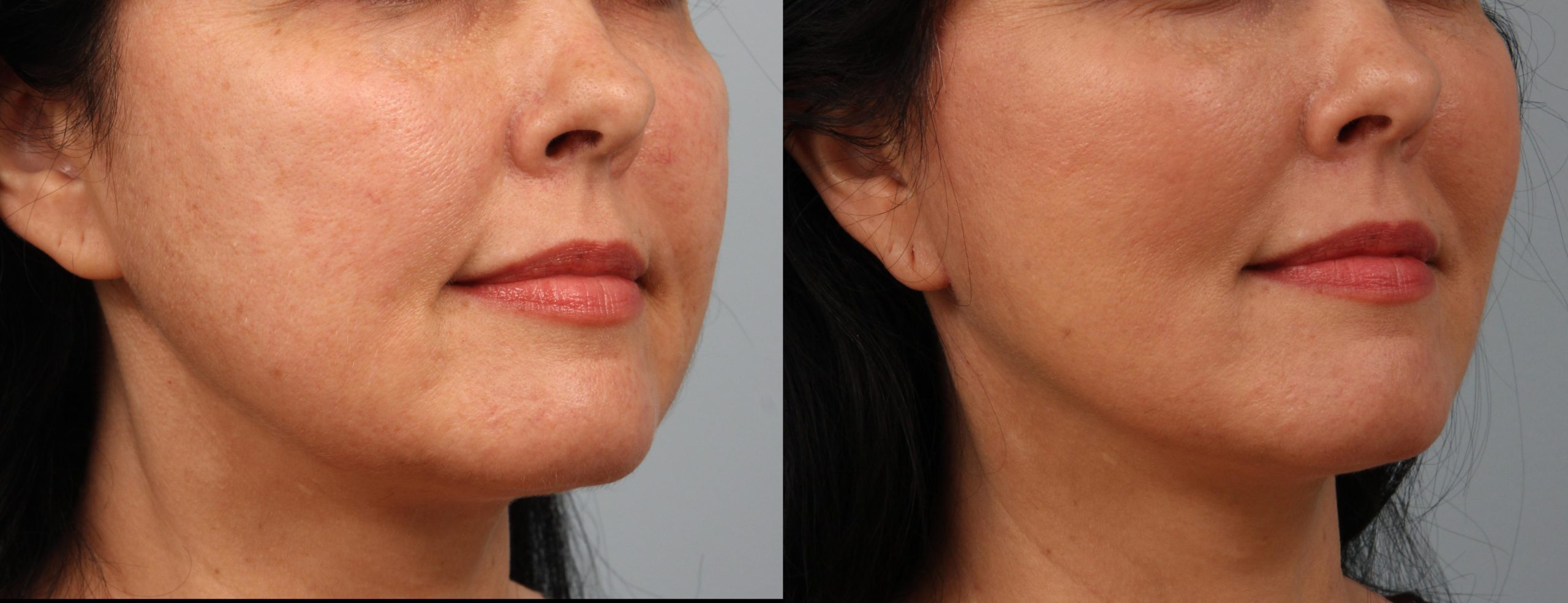
Are You a Candidate for Buccal Fat Removal?
An ideal candidate for buccal fat removal in the San Francisco Bay Area has prominent zygomatic or cheekbones obscured by pronounced buccal fat pads. Such patients tend to lack an angular face shape. Removing buccal fat pads will make the cheeks appear less “chubby” and the cheekbones more prominent, enhancing definition and contour. Many individuals who have undergone buccal fat removal report high satisfaction with the enhanced aesthetic outcomes.
Buccal fat removal is not indicated in cases of malar hypoplasia or a flat cheekbone. In these patients, removing buccal fat pads will lead to hollow cheeks. Due to possible complications, it is crucial to understand that the buccal fat removal procedure is not a substitute for augmentation of the malar area.
How Buccal Fat Removal Works
Buccal fat pad removal is a surgical technique for removing part of the buccal fat pads and slimming down the cheeks. It involves making an incision in the mouth toward the back of the oral cavity to access the buccal fat pad. As a result, patients may experience a more chiseled and sculpted facial contour. Buccal fat pad removal also enhances facial aesthetics.
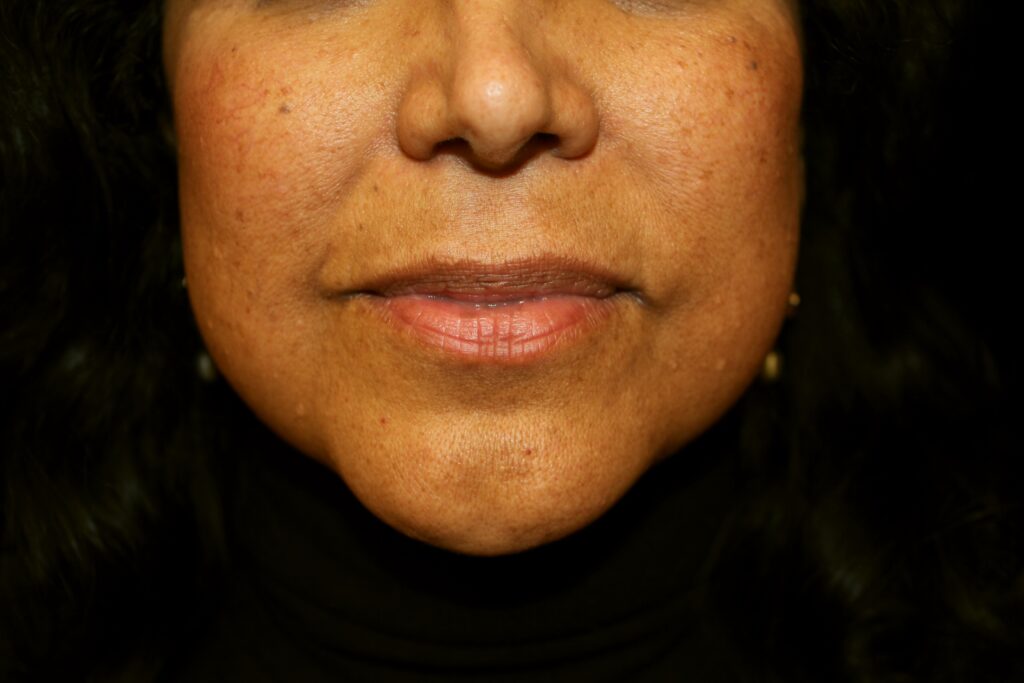
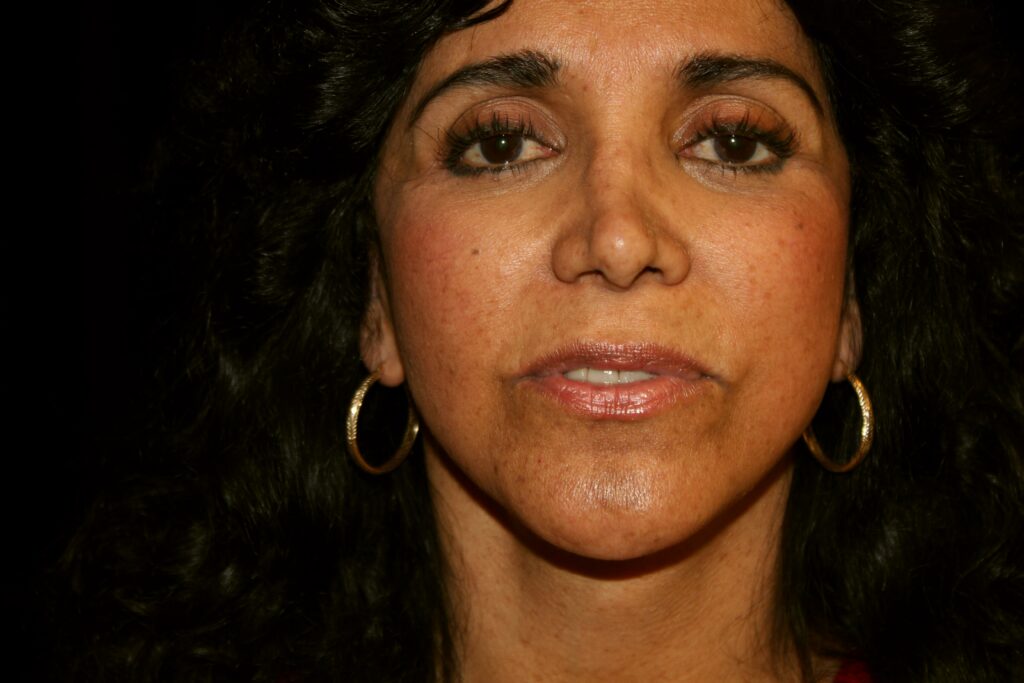
Top Benefits of Buccal Fat Removal
Buccal fat removal offers several benefits for individuals seeking a more defined facial appearance. Some advantages of this procedure include:
- Improved facial definition: The procedure removes excess fat from the buccal fat pads, creating a more defined jawline and facial contours, enhancing facial structure.
- Reduced cheek fullness: Buccal fat removal can significantly reduce cheek puffiness, resulting in a slimmer and more youthful appearance.
- Enhanced facial harmony: The procedure helps balance facial features, creating a more harmonious and aesthetically pleasing appearance.
- Long-lasting results: Buccal fat removal produces long-lasting results, making it worthwhile for those seeking a more defined facial appearance.
- Customizable: The amount of fat removed can be tailored to each individual’s needs and preferences, ensuring a personalized result that aligns with your aesthetic goals.
- No visible scars: The incisions for buccal fat removal are discreetly placed inside the mouth, leaving no visible scars and contributing to a short recovery time.
Is Buccal Fat Genetic?
Yes, a person can inherit fuller cheeks from their parents due to a genetic predisposition to the presence of fat tissue. A buccal fat pad excision can solve this problem. Removing nearly all or a portion of the buccal fat pad creates a more contoured appearance. Cheek reduction surgery in San Francisco is usually done inside the mouth, but it can be done from the outside during an SMAS facelift. Dr. Miguel Delgado, one of the top San Francisco Bay Area plastic surgeons, prefers incisions inside of the mouth as it is less risky due to the many facial muscles and nerves in the outside area of the face.
Step-by-Step Guide to Buccal Fat Removal Surgery
What Happens During Buccal Fat Removal?
This is a simple three-step procedure to remove round cheeks. It involves making a small incision on the inside of the cheeks.
Step 1 – Anesthesia
Medications are administered during the procedure to ensure your comfort. Plastic surgery anesthesia options include local anesthesia, intravenous sedation, and general anesthesia. Local injections work well if buccal fat removal is the only surgery performed. The procedure is similar to going to your physician or dentist, but less painful in most cases. If buccal fat removal surgery is performed with other procedures, like a facelift, it is usually performed under general anesthesia.
Step 2 – Incision
A one-centimeter incision is made at the inner portion of the cheek toward the back of the oral cavity. The tissue is spread apart to expose the fat pad. The buccal fat pads usually have several lobes teased out of the incision. The base of the fat is cauterized to control bleeding. This procedure results in minimal scarring.
It is possible to remove the buccal fat pad during a facelift by making incisions on the outside of the face instead of inside the mouth.
Step 3 – Closure Of The Incisions
Sutures are used to close the small incision inside the mouth. A qualified plastic surgeon, like Dr. Delgado, usually uses absorbable sutures, but each doctor performs the procedure differently. During healing, you should be on a liquid diet or soft foods for 24 hours. Light pain pills and antibiotics are often prescribed.
Step 4 – Results
After your buccal fat removal surgery, you will achieve a slimmer, more contoured cheek, specifically in the cheek hollow area.
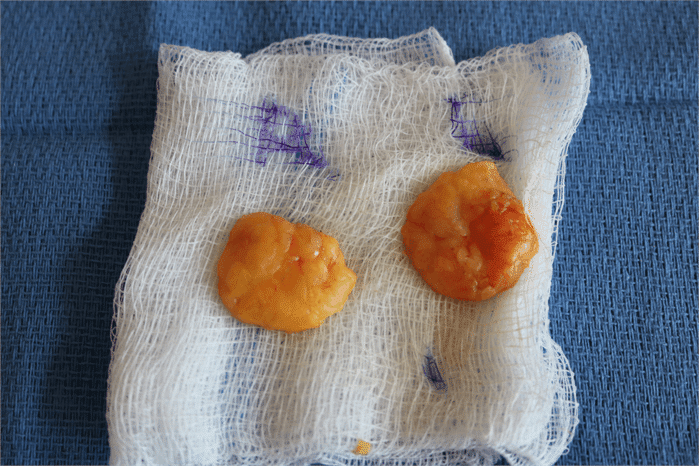
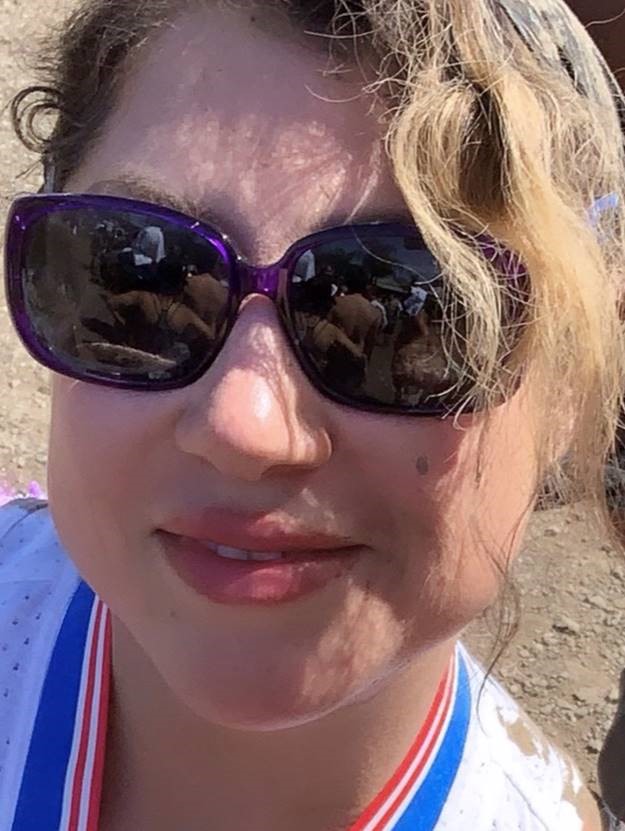
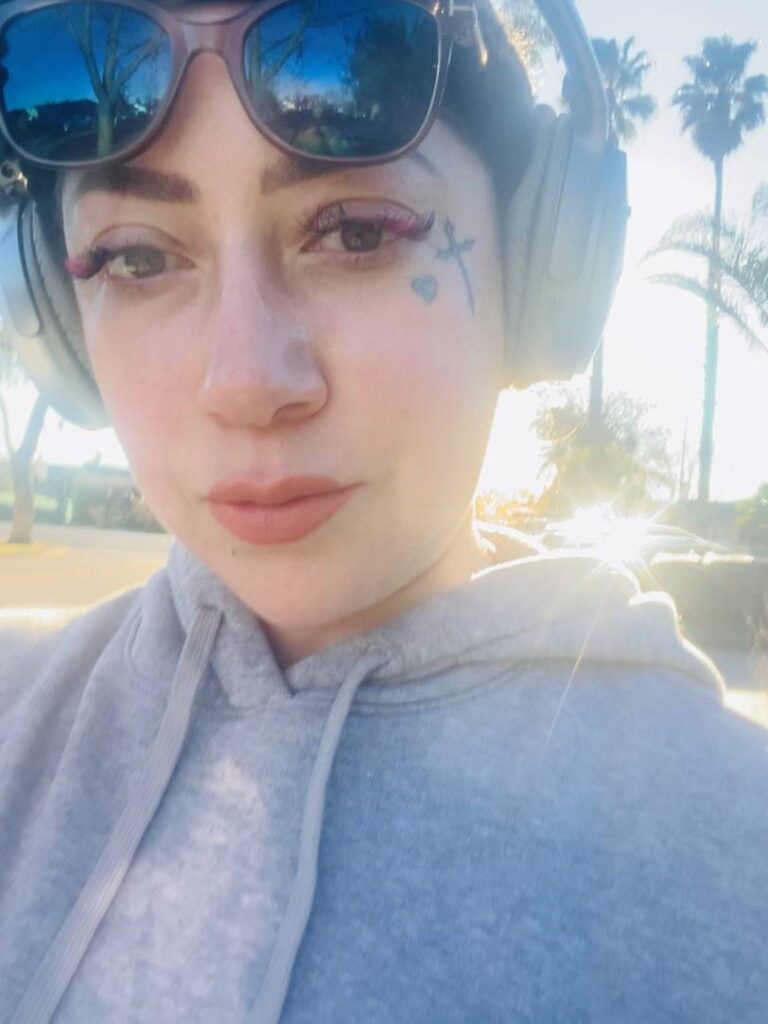
How to Prepare for Buccal Fat Removal – Key Steps Before Surgery
To ensure a smooth and successful buccal fat removal procedure, it’s essential to prepare properly. Here are some steps to take:
- Consult with a qualified surgeon: Schedule a consultation with a board-certified plastic surgeon to discuss your goals and determine if buccal fat removal is right for you. This is a crucial step to ensure you have realistic expectations and understand the procedure.
- Stop smoking: Smoking can increase the risk of complications during and after surgery. It’s recommended to quit smoking at least two weeks before the procedure to promote better healing.
- Avoid certain medications: Inform your surgeon about any medications you’re taking, including blood thinners, and follow their advice on which medications to avoid before the surgery.
- Length of surgery: Buccal fat removal is an outpatient procedure that typically takes less than an hour.
- Plan for recovery: Arrange someone to drive you home after the procedure and have a friend or family member assist with daily activities during the recovery period. This support can be invaluable in the initial days after surgery. Recovery from buccal fat removal is typically straightforward, with most individuals resuming daily activities within a few days.
- Follow pre-operative instructions: Your surgeon will provide specific instructions before the procedure. Adhere carefully to these guidelines to ensure a smooth and successful outcome.
Buccal Fat Removal Recovery Timeline & Aftercare
Buccal fat pad recovery involves several stages that patients should be aware of to ensure a smooth healing process. Immediately after the surgery, it is common to experience some swelling and discomfort in the cheek area. This is a normal part of the healing process and typically subsides within a few days. To manage the discomfort, Dr. Delgado can prescribe pain medication, and it’s important to follow his guidance on dosage and frequency.
During the first 24 hours after surgery, patients are usually advised to maintain a liquid diet or consume soft foods to minimize strain on the incision sites inside the mouth. After the initial 24-hour time period, patients should continue to avoid vigorous chewing or hard foods that could disrupt the healing process. Additionally, good oral hygiene is essential to prevent infection. Dr. Delgado will recommend using a gentle mouthwash or rinsing with salt water to keep the area clean.
In the weeks following the procedure, patients should follow up with their surgeon to monitor the healing progress and address any concerns. To prevent undue pressure on the facial area, it’s essential to avoid strenuous activities and heavy lifting for at least a week. Most patients can expect to resume normal activities within a few days, but complete recovery and the final results of the buccal fat pad removal may take several months as the swelling gradually decreases and the facial contours become more defined.
Overall, buccal fat pad recovery is relatively straightforward, with most individuals experiencing minimal complications when following their surgeon’s post-operative care instructions. The key to a successful recovery is patience and adherence to the recommended guidelines, allowing the body to heal naturally and reveal the desired facial enhancements.
What Other Procedures Complement Buccal Fat Removal?
Buccal fat pad removal is often combined with other facial cosmetic procedures to achieve a more comprehensive enhancement of facial aesthetics. Some procedures commonly performed alongside buccal fat removal include:
- Facelift or Deep Plane Facelift: A facelift, or rhytidectomy, is a popular procedure that can be combined with buccal fat removal to address sagging skin and deep folds. By lifting and tightening the facial tissues, a facelift complements the slimming effects of buccal fat removal, resulting in a more youthful and rejuvenated appearance.
- Chin Augmentation: Chin augmentation involves the use of implants or fillers to enhance the chin’s projection and balance the facial profile. When combined with buccal fat pad removal, it can help achieve a more harmonious facial structure by accentuating the jawline and cheekbones.
- Rhinoplasty: Rhinoplasty, or nose reshaping surgery, can be performed in conjunction with buccal fat removal to improve facial symmetry and proportion. Adjusting the nose’s shape and size can enhance overall facial balance, particularly when the cheeks are slimmed down.
- Lip Augmentation: Lip augmentation, using fillers or implants, can be paired with buccal fat removal to enhance the lips’ fullness and shape. This combination can create a more defined and attractive facial appearance.
- Eyelid Surgery (Blepharoplasty): Eyelid surgery can be performed alongside buccal fat removal to address drooping eyelids and puffiness, further enhancing overall facial aesthetics. This combination can result in a more refreshed and youthful look.
By combining buccal fat pad removal with these and other facial procedures, patients can achieve a more comprehensive transformation, enhancing their facial contours and achieving their desired aesthetic goals.
Buccal Fat Removal Risks & Side Effects – What You Need to Know
As with any surgical procedure, buccal fat removal carries some risks and side effects. These may include:
- Bleeding and hematoma: As with any surgery, there is a risk of bleeding and hematoma (a collection of blood outside the blood vessels). Your surgeon will take steps to minimize this risk.
- Infection: Infection is a risk with any surgical procedure. Your surgeon will administer antibiotics and provide care instructions to reduce this risk.
- Facial asymmetry: If buccal fat removal is not performed by a qualified, experienced plastic surgeon, there is a risk of facial asymmetry, where the fat pads are not removed evenly. This can affect the balance of your facial features.
- Nerve damage: There is a risk of nerve damage, which can lead to numbness, tingling, or facial weakness. This is why it is crucial to choose an experienced surgeon. Surgical expertise is essential in minimizing the risk of nerve damage.
- Scarring: The incision sites may leave scars, which can be permanent. However, these are typically well hidden inside the mouth.
It’s essential to discuss these risks and side effects with your surgeon and carefully weigh the potential benefits and risks before undergoing buccal fat removal surgery. This informed approach will help you make the best decision for your aesthetic goals and overall health.
Book Your Free Consultation for Buccal Fat Removal Today!

If you are considering facial and body plastic surgery rejuvenation in San Francisco, Santa Rosa (Sonoma County), or Napa Valley, call (415) 898-4161 now for a consultation with Dr. Delgado, a board-certified plastic surgeon and facelift specialist who practices in the San Francisco Bay Area and Marin County.
Travel Patients – Places of Interest in San Francisco
Dr. Delgado welcomes out-of-town patients at both his San Francisco and Novato practices. The area is rich in history, sightseeing, and culture, making it easy for patients traveling to the Bay Area to combine their procedures with a mini vacation of sorts. San Francisco’s distinct flavor and charm are reflected in its several buildings and sites of great historical importance, including the War Memorial Opera House, the Golden Gate Bridge, Golden Gate Park, North Beach, the Mission District, and Pacific Heights.
Dr. Delgado’s practice is centrally located in the heart of San Francisco, and his staff is happy to recommend top-notch hotel accommodations and transportation for every budget.
Frequently Asked Questions About Buccal Fat Removal
Is buccal fat hard to locate?
Less experienced plastic surgeons commonly miss buccal fat, leaving patients with unsatisfactory results. An expert cosmetic plastic surgeon like Dr. Delgado will know how to navigate the complex anatomy of the face to locate and skillfully remove buccal fat pads.
How long does buccal fat pad removal last?
Buccal fat pad removal is considered a permanent procedure for facial fat. Once removed, facial fat pads typically do not return and may reduce more over time as you age. Therefore, it’s important not to be overly aggressive when deciding how much to remove during your procedure.
Is buccal fat removal surgery painful?
No, the buccal fat removal procedure is not painful. In most cases, it is less uncomfortable than going to the dentist.
Can buccal fat pads be removed naturally?
A person can naturally lose weight, and sometimes, this will affect buccal fat. In some cases, when a person drops weight to a certain point, the facial fat resolves, and a gaunt appearance may occur. However, not everyone can naturally lose facial fat, making buccal fat removal an appealing option.
Why do people remove the buccal fat pad?
Some people do not find chubby cheeks or a full-round face attractive. Removing facial fat improves facial aesthetics by creating a more angular or sculpted appearance. It also enhances and rejuvenates the cheekbones.
Can you remove buccal fat without surgery?
No, buccal fat can not be removed without surgery. However, loss of body fat can sometimes reduce facial fat, and if you gain weight, it may increase fat in the buccal space. Facial plastic surgery or plastic reconstructive surgery is the easiest way to eliminate unwanted buccal fat.
What is the cost of buccal fat removal?
The cost of buccal fat removal is $5,000 with all fees included. This covers the surgical fee, anesthesia, and facility costs.
Does buccal fat removal slim your face?
Yes, this is the primary purpose and why buccal fat pad reduction has become so popular. It creates a more angular face and cheek-line.
